In aggregate, capturing revenue from impulse purchases becomes significantly important for some sectors. For many retailers and brands, their marketers labor over getting the right product in the right place at the right time. It has become part science and part art form – and been continuously refined over decades. The front check-out area of grocery, drug, convenience stores show how tempting guilty pleasures and new discoveries to shoppers’ baskets is a big deal. Discretionary packaged goods, beverage, and snack & confectionery companies now rely on these last-minute purchases for upwards of 15% of their revenue. But there is risk of losing these sales opportunities from the growing number of online purchases, which tend to be more pre-planned.
- Understand the Mindset
- Merchandising, Messaging, and Motivation
- Test, Learn, Repeat
- Facilitate Immediate Gratification with Quick and Seamless Order Fulfillment
It’s essential for E-commerce retailers and brands – and their marketing teams – to be actively thinking about how to drive impulse buying online, as it represents a material source of revenue. The many factors surrounding the instance of an impulse buy (shopper psychology, product merchandising & placement, offer management, and speed of gratification) create complex challenges in an e-commerce environment. Developing ideas, strategies, and tactics around these topics I’ve described above will help us better understand how to preserve these valuable opportunities as shopping continues to migrate online.
Thoughts, feedback, or ideas? Please share in the comment section below.
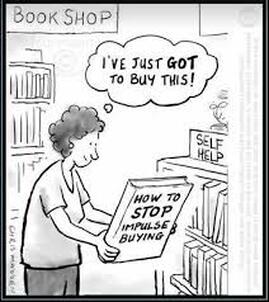
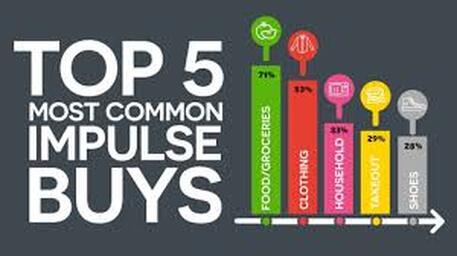

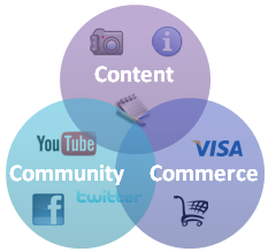
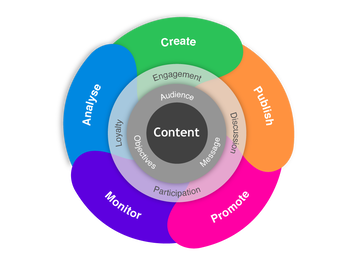



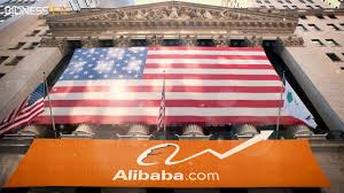


 RSS Feed
RSS Feed
